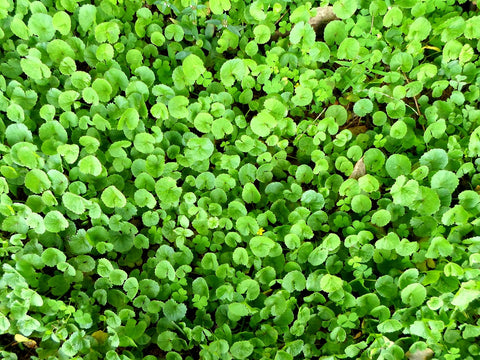What are we talking about when we refer to microcirculation?
The microcirculation represents the main component of the blood circulation. The microcirculation is made up of the complex capillary network, in which arterial and venous circulation meet and in which the exchange of oxygen, nutrients and active ingredients of drugs to tissues and organs (arterial microcirculation) takes place and the elimination of toxins and waste substances that hinder normal blood flow and, therefore, the health of our body.
The microcirculation can be compromised by numerous factors, such as the normal aging of the organism, an incorrect lifestyle and an unbalanced diet.
A fundamental requirement to have a good microcirculation is to keep the vessels flexible, elastic and free of deposits (for example calcium). Some pathologies such as atherosclerosis make the walls of the vessels more and more rigid and are conditions that can appear even with advancing age. Other causes are to be found in lifestyle: sedentary lifestyle, smoking, alcohol, drugs, anxiety, stress, low-grade systemic inflammation, overweight, hypertension and high levels of bad cholesterol and triglycerides.
The consequences of poor microcirculation:
- Increased oxidative stress
- Skin aging
- Weakness and chronic fatigue
- Lack of vitamins and minerals
- Development of metabolic diseases (diabetes, gout)
- Increased cardiovascular risk (atherosclerosis, thrombosis, embolism)
HOW TO PROMOTE A GOOD MICROCIRCULATION
In principle, it is good to adopt good healthy habits in everyday life:
- Avoid a too sedentary life
- Practicing sports: even a brisk walk of at least 30 minutes a day is enough
- Always take the stairs, avoiding the elevators
There are also numerous plants and active ingredients that support the vessels and facilitate normal blood flow.
- Centella ( Centella asiatica ): rich in triterpenic acids that improve venous circulation and stimulate the formation of fibroblasts that synthesize collagen and are essential for the well-being of the dermis, connective tissue and vessel walls. It counteracts the synthesis of fibrin, a substance that hinders the normal functioning of the vessel and increases the formation of fibronectin, a protein that enters the conformation of the basement membrane of the vessels. In this way it strengthens the vessel wall, increasing its elasticity and supporting an improvement in the circulation of the lower limbs.

- Goldenrod ( Solidago virgaurea ): diuretic plant, it supports the functionality of the microcirculation and the drainage of body fluids, helping in the elimination of accumulated toxins. The antioxidant properties protect cells from free radical damage (a consequence of poor microcirculation).
The Centella and the Goldenrod can be found inside the Depur complex
- Bromelain : set of enzymes extracted from the fruit and stem of the pineapple. It helps to lower inflammation and is useful for promoting microcirculation and counteracting the imperfections of cellulite .
- Horse chestnut (Aesculus hippocastanum): has phlebotonic properties that support the functionality of the microcirculation. It helps to increase the tone of the venous wall and reduces stasis by facilitating venous return.
Horse chestnut together with Butcher's Broom, Bilberry and Vine can be found in the Healthy Legs product
- Fucus vescicolosus : an alga with diuretic properties, it is rich in mannitol, a simple carbohydrate that acts as an osmotic diuretic by increasing the volume of urine.
Fucus together with Ascophyllum nodosum algae are found within the product of Kelp seaweed
